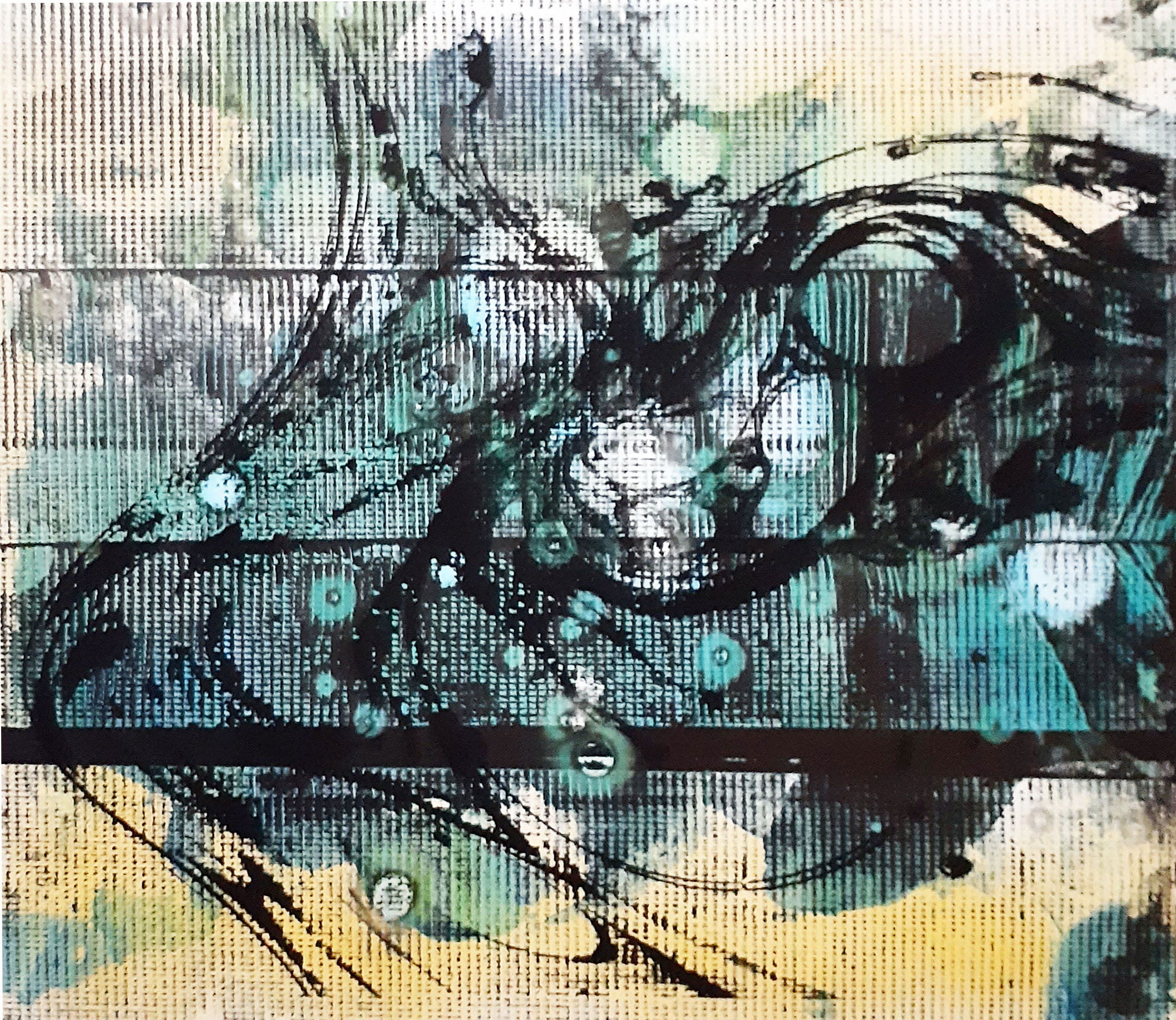Saying No to Abundance

The works I am fundamentally drawn to are like haiku or sushi.
Because of my strong interest, I aspire to create something similar myself.
I am not inclined toward long novels like War and Peace or classic French cuisine that isn’t nouvelle.
However, even when I start with the intent to create a haiku, it’s not uncommon for the process to stray from the structure of 5-7-5. I end up adding layer upon layer of elements or paint, and the work’s process and appearance begin to resemble a novella.
Since this deviates from my essential desires and identity, it naturally becomes quite a struggle to achieve a certain level of quality in the end.
The buildup of texture (matière) doesn’t need to be entirely denied. It doesn’t always lead to failure too. Even Picasso once said something to the effect of, “When I try to create one thing, it turns into something else.”
By the same logic, if my attempt to make sushi ends up as duck terrine with walnut paste and grilled mushroom sauce, so be it. That perspective has helped me reconcile with such outcomes. Yet, I have always felt a vague sense of discomfort.
Today, I finally recognized the true nature of that discomfort—something I could have realized much earlier.
Creating works through an organic process, struggling along the way, and discovering various things is, of course, fine if done deliberately.
However, when I get caught in this process, it does not, at least, serve as practice for my primary aspiration: haiku. It feels akin to climbing a balance beam to try to hit a home run.
A haiku becomes a haiku precisely because of its 5-7-5 structure. Yet, we are tempted by options like going with 8-9-2 or 1-27-6-73 instead, simply because the flow leads us there.
While the essence gets carried away, it seems, at a glance, more free and abundant—deceiving us if we’re not alert.